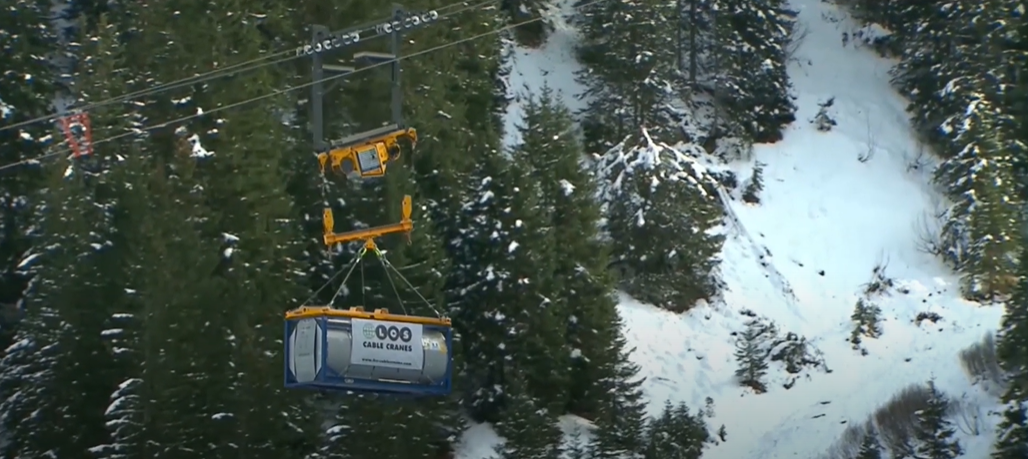Many people throughout the world have made hobbies and even careers out of repairing and restoring antique cars and trucks, but what about antique construction equipment? Due to the sheer size and weight of the machines of the past, it places of major limitations on their collect-ability to be sure. At least one man has taken it upon himself to collect them before we lose them all.
Jim Carter of Zionsville, Indianapolis finds, collects, preserves, and rescues old construction equipment that he has found throughout the country. He mostly prefers excavators, whether they’re of cranes, drag lines, or clam shells, but he does also have a few dozers and tractors. The videos below show a 4 part series of Dick Wolfsie’s interview of Carter, which aired on WISH in Indianapolis. In the videos, Carter shows off a 1968 Koehring 305 crane, which weighs 25 tons and still operates. While sitting inside the cab, Carter walks Wolfsie through the differences of today’s machines versus the older versions. The early machines, he says, is stone age technology, operating mostly with gears, brakes, and clutches, as opposed to the hydraulics and electronics of today’s equipment. Unsurprisingly and just like older cars, the more simply the machine is built, the easier it is to fix.
Cramer also explains in the interview that he’s a member of the Historical Construction Equipment Association, which is headquartered in Bowling Green, OH. The organization, which has roughly 4,000 members worldwide, also owns the National Construction Equipment Museum, also in Bowling Green. They also put on a yearly convention for antique equipment; this year’s will be near the headquarters from September 16-18.
Most of these antique machines are not useful on a modern job site, Carter explains, so many of them are scrapped, never to be seen again. We can only hope that we don’t lose the historical machines that built many of the buildings and infrastructure throughout the World.











While still new in the construction industries, robots are typically designed to perform a specific task in a highly precise and efficient way, like the rebar tying robot, Tybot or the brick-laying robot Hadrian X. More recently, though, robots are being imagined as platforms for 3rd party companies to develop hardware and accessories to attach to the base robot, like the Boston Dynamics robotic dog, Spot. I recently came across a new robot, called Baubot, which hopes to one day perform tasks using every tool on a typical jobsite.